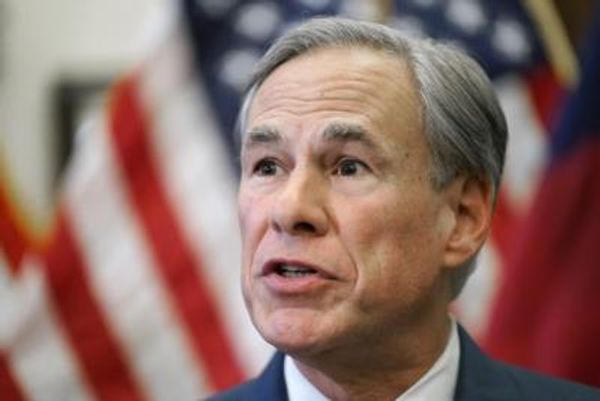
Pauline McGrath suspects her husband’s decision to die was hastened by his fear of ending up in a Catholic palliative care facility that might have denied him access to voluntary assisted dying.
On 27 May last year, McGrath knew something was amiss when her husband, David Levitt, a paediatrician, arrived back to their Brisbane home before her for the first time in 30 years of marriage. She asked him: “Who’s died?”
“He said to me: ‘I have a brain tumour and voluntary assisted dying starts on the first of January.’”
McGrath told the inaugural trans-Tasman voluntary assisted dying conference on Thursday in Sydney “so you can see for him just how important it was to know that this was going to be an option for him right from the get-go.”
While voluntary assisted dying made the process easy for the family, McGrath said the challenging part of the process was living in west Brisbane, because they were zoned to a faith-based palliative care service.
McGrath is an excommunicated Catholic and Levitt was Jewish, and seeking care from the Catholic hospital involved seeing icons everywhere. McGrath said when they asked about voluntary assisted dying in one appointment they were told “it was not something [done] within their organisation”.
McGrath said it created a level of fear for her husband. “What happened if he had a fall and broke a bone and ended up in care? How difficult would it be for him to use [voluntary assisted dying] surrounded by people who were not necessarily supportive of the choice that he was making?”
As a result, “we disengaged completely from palliative care services,” McGrath said. “We had no beds, no chairs, no walking sticks, no walkers, nothing … If he wanted to stay at home, I had no equipment to keep him going.
“I wondered whether his decision to use his voluntary assisted dying was brought forward by his fear of ending up in care. I never asked him the question, and he probably couldn’t have articulated it by that point in time,” McGrath added.
Levitt subsequently decided “to use his voluntary assisted dying [at home in January] … we had one more day together as a family”.
At the conference on Thursday, Vadanz, a new peak body representing voluntary assisted dying health professionals, called for the process to be “fully integrated” into palliative care.
Dr Linda Swan, the chief executive of Go Gentle Australia, said the end-of-life sector was dominated by faith-based organisations. She said when it came to voluntary assisted dying many of those services “don’t want anything to do with it”.
Voluntary assisted dying is legislated in all six Australian states and New South Wales will become the final state to implement its law on 28 November.
Victoria was the first state to introduce voluntary assisted dying. Its legislation allowed for institutions to be non-participants. Some states that created legislation later – Queensland, South Australia and NSW – included provisions to prevent institutional objection in their laws.
Swan said even though these states that legislated later learned from Victoria’s example, the provision was still “uneven”.
“Even within a state, you’ll have some faith-based organisations that are still very hardline and … and then you’ll get other faith-based institutions who have really softened their approach.”
Swan said many faith-based institutions delivered very high-quality palliative care. “Where it’s not good is where they cannot see that ultimately a person’s wishes at the end of life also need to be respected … They start to impose their own beliefs on the person in terms of what that person’s able to have access to or not, even though it’s a legally available choice.”
Swan said people seeking access to voluntary assisted dying already have to go through a lengthy process of proving that they are eligible, competent, that they are in fact dying and suffering. “And then on top of that to then have to try and navigate your way through an institution that doesn’t really support your choices, it’s making their end-of-life journey incredibly complex. It’s quite cruel sometimes.”
“It’s really the opposite of person-centred care. It’s not about the patient at all, it’s thinking about the institution first,” Swan said.
Swan said the integration of voluntary dying into palliative care would help in situations like McGrath’s family. “One reason why this occurs is because voluntary assisted dying isn’t just seamlessly part of palliative care.”
Swan said voluntary assisted dying is an end-of-life choice, part of how you plan your death like other choices such as whether you take antibiotics, choose to die at home or in hospital.







